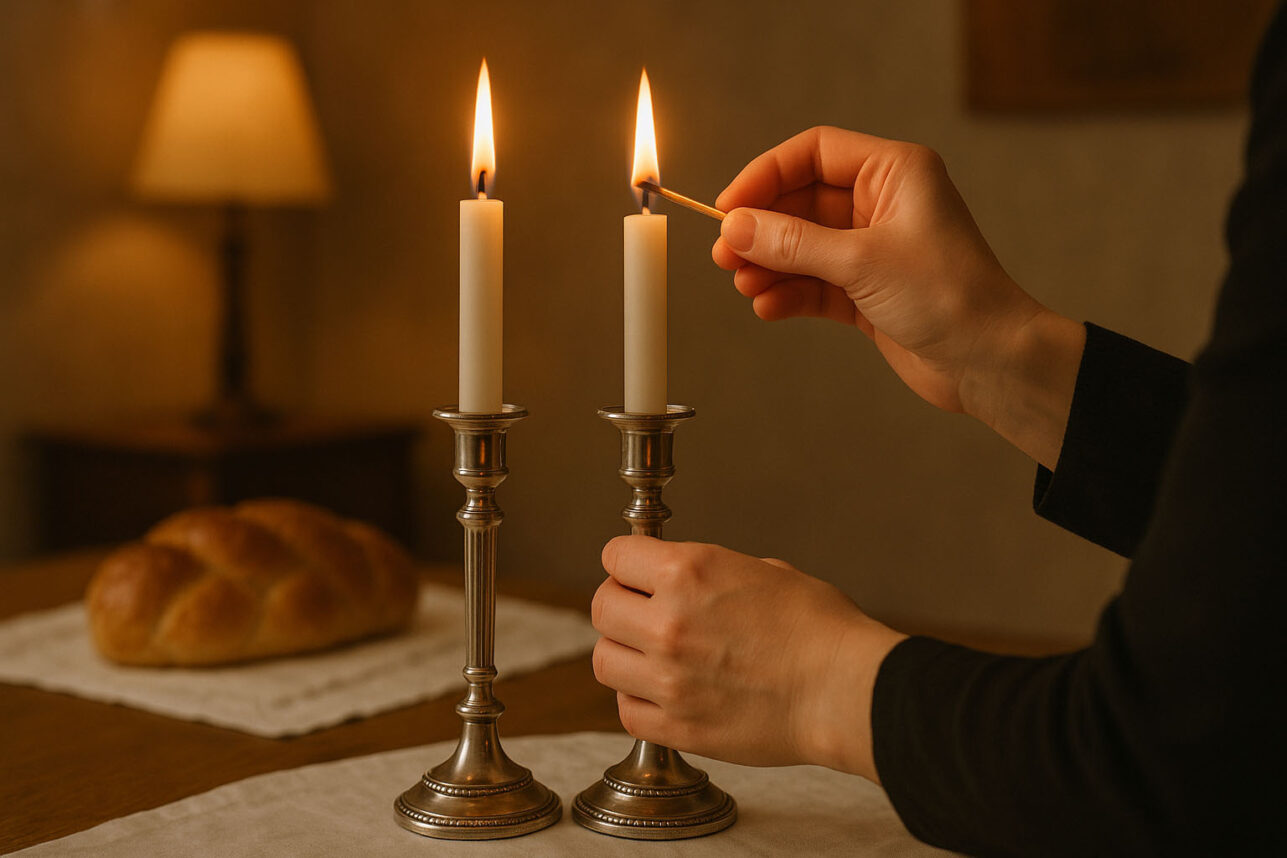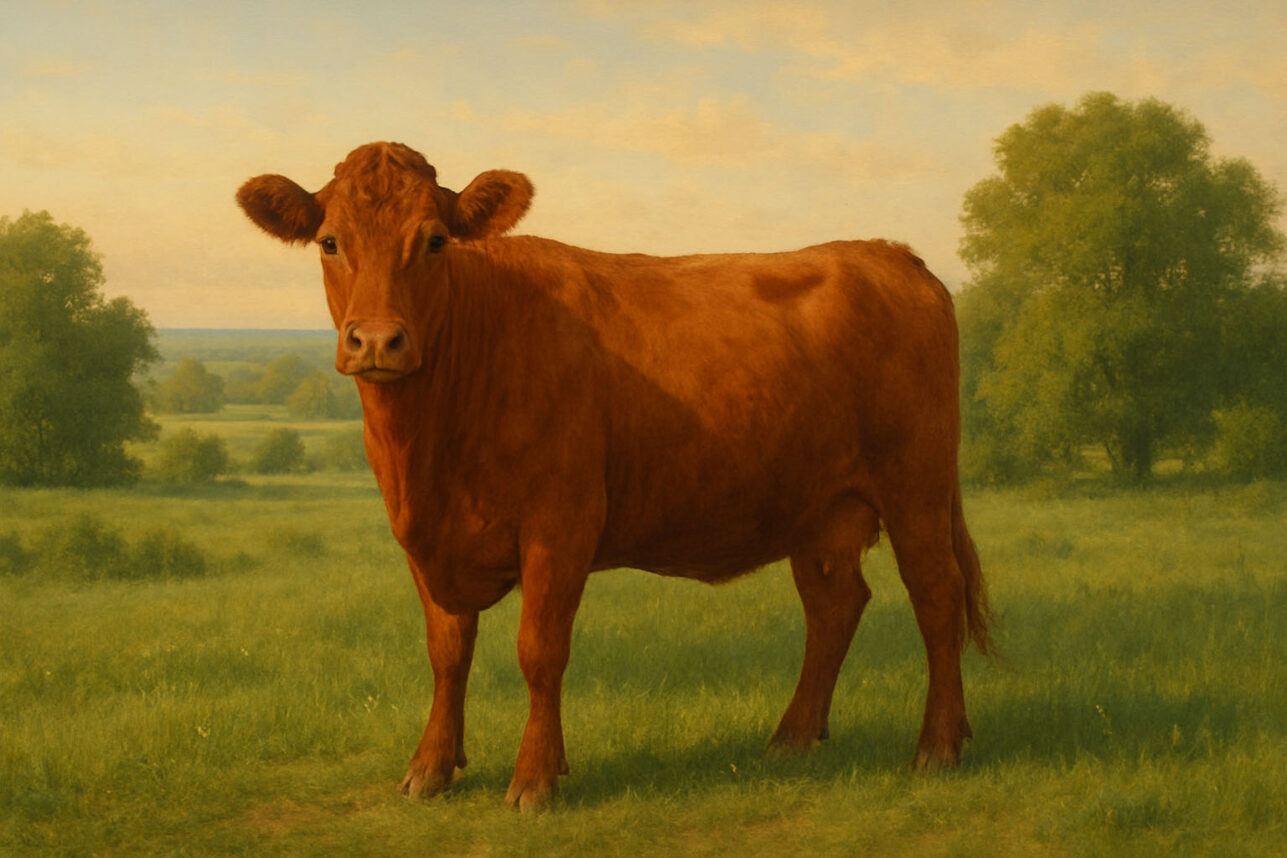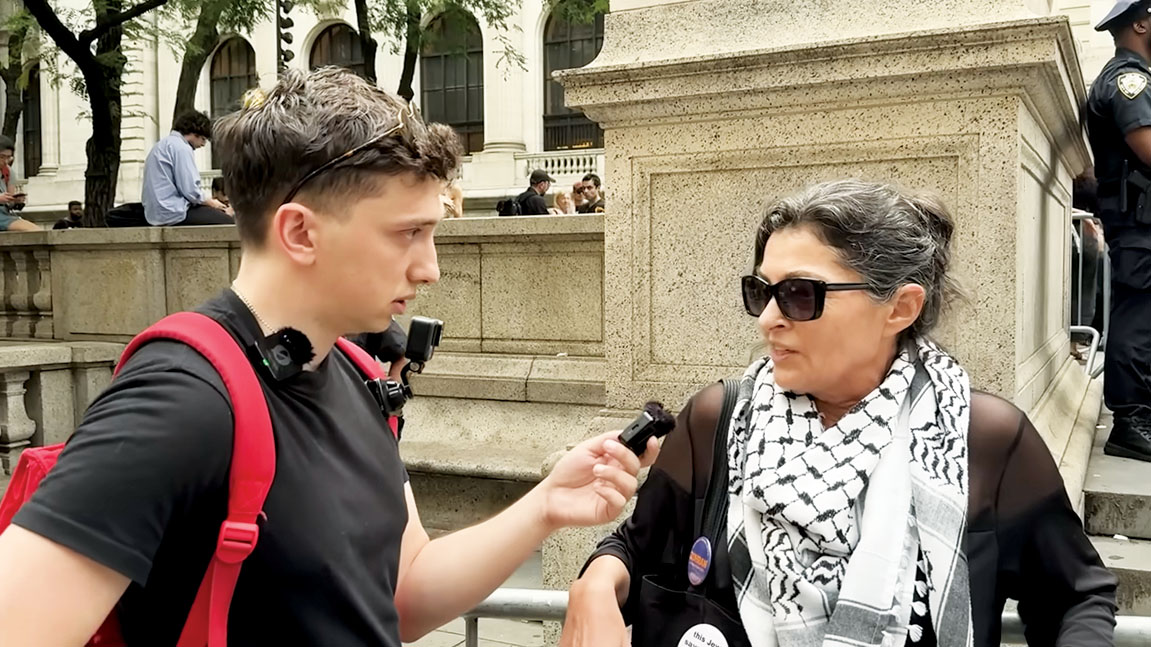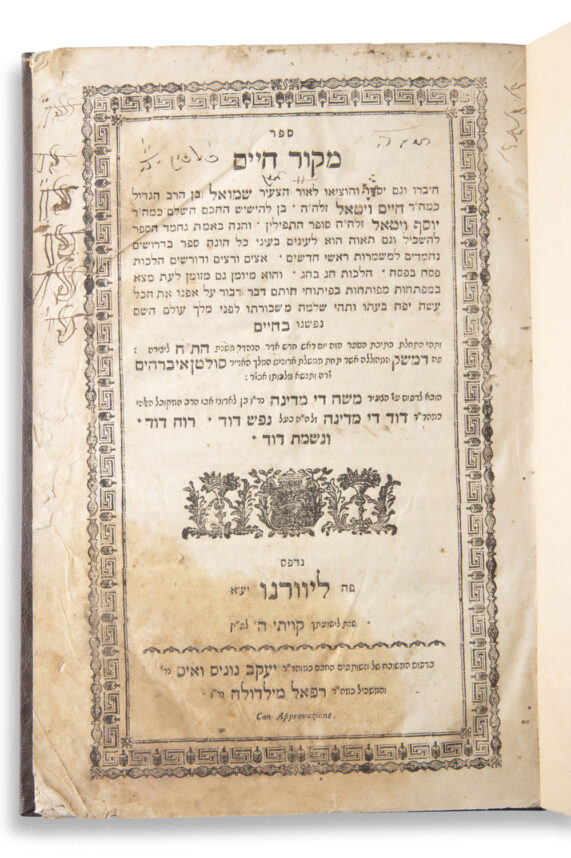Years before she directed her new film, "Frida," about Jewish Mexican surrealist painter Frida Kahlo, Julie Taymor saw Kahlo’s self-portraits at an exhibit in Oaxaca, Mexico. "I was shocked, drawn in and repulsed," Taymor said of the paintings, which included visceral images of miscarriage. "I was frankly put off by her work."
A surprising revelation from a wunderkind designer-director — known for her stunning staging of "The Lion King" — who is prone to theatrical grotesquerie. At the climax of her production of the Stravinsky opera, "Oedipus," red cloth streamed from the hero’s gauged-out eyes. Shadow-puppet locusts appeared to splatter, depicting one of the Ten Plagues in her 1980 pageant, "The Haggadah." Hacked-out tongues and severed heads rolled in her 2000 feature film debut, "Titus."
But Frida’s gory artwork was unappealing to Taymor until she met actress Salma Hayek, who’d struggled for years to make a Kahlo biopic against all odds and rivals (including Madonna and Jennifer Lopez). "Salma walked into my Manhattan apartment and she just takes your breath away, even if you’re a nice, heterosexual woman," the Jewish director told The Journal. "We sat on my couch and for two hours she passionately described Frida’s bawdiness, her brilliance, her raunchiness, her foul mouth, her drinking habits, her cigarette smoking, her bisexuality. It was a true seduction."
Taymor agreed to direct the biopic, which is already generating Oscar buzz. The bold, lushly photographed film chronicles Kahlo’s life from her crippling childhood bus accident through her rocky marriage to womanizing muralist Diego Rivera (Alfred Molina), her torrid affairs and excruciating spine surgeries.
Along the way — this being a Taymor film — Kahlo’s autobiographical paintings spring to life via special effects. One of the most disturbing is "The Broken Column," in which the famously unibrowed artist’s naked torso, punctured by tacks, rips open to reveal a cracked marble spine. "Frida’s artwork was an exorcism," said Taymor, who, at 49, is two years older than Kahlo was at her death in 1954. "She survived by transforming her emotional and physical pain into art."
Nevertheless, Taymor — speaking in strong, precise tones — insisted her film isn’t another suffering-painter biopic. "Frida wasn’t just this poor, abandoned woman who lived a life of torture in a bed," she said with Kahlo-like cheek. "She had more than her share of suffering, but she also had more than her share of pleasure and sex. Her life was a combination of extremes."
Perhaps no director was better suited to bring those extremes to the screen, said "Frida" producer Jay Polstein. Kahlo and Taymor "share a visual sensibility that combines fantastical imagery with the macabre," he said.
The painter and the director also share varying degrees of Jewish heritage. Kahlo’s father, Wilhelm, was a German-born Hungarian Jew who immigrated to Mexico, changed his first name to Guillermo, married Kahlo’s Catholic mother and did not raise his children Jewish. Yet, Kahlo wasn’t above ribbing the notorious anti-Semite Henry Ford during a dinner party in Detroit, when she impertinently asked, "Mr. Ford, are you Jewish?"
Taymor, for her part, grew up in a Reform Jewish home in Newton, Mass., and at 16, convinced her parents to let her study mime in Paris. In her 20s, she founded a theater troupe in Indonesia, where she survived malaria, a gangrenous injury suffered while skirting a live volcano and a Kahlo-like bus crash that carved her chin in two and paralyzed one of her perfomers.
Back in the States, Taymor met her life partner, composer Elliot Goldenthal, at a performance of "The Haggadah." "Someone told him he’d like my work because it was as grotesque as his."
To research "Frida," Taymor read Hayden Herrera’s 1983 Kahlo biography and visited sites such as the cobalt-blue house where the artist had lived in Coyoacan.
Only after the exhausting 2001 production wrapped did Taymor visit the Dolores Olmedo Patino Museum — home to the world’s largest Kahlo and Rivera collection — and felt she had stepped into her own movie. On palatial grounds overrun by peacocks, she met Olmedo, who was Rivera’s mistress before he fell madly in love with Kahlo in 1928. "She ushered me into her private quarters and it was like being in Miss Havisham’s presence," Taymor said. "She was around 90, but she had these incredible fake eyelashes and this thick makeup and it was clear she didn’t like Frida one bit."
After her "audience" with Olmedo, Taymor realized how far she had come from her impressions at that Oaxaca exhibition years ago. "The mixture of beauty, the morbid and the sardonic wink of the eye are what make Frida’s paintings so compelling and provocative," she said.
“Frida” opens today in Los Angeles.

































 More news and opinions than at a Shabbat dinner, right in your inbox.
More news and opinions than at a Shabbat dinner, right in your inbox.